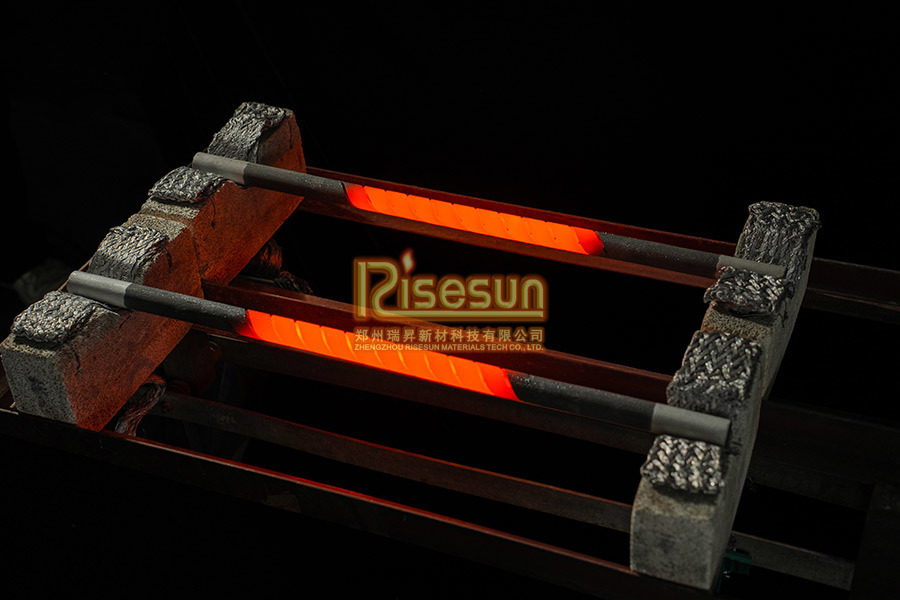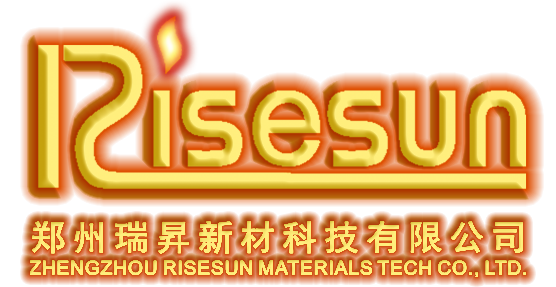04
2024
-
11
R5 type SiC heating elements
R5 type silicon carbide (SiC) heating elements are engineered for high-performance applications, offering exceptional thermal efficiency and durability.
Five-construction heating elements are formed by adding a non-heating part at the center of the hot zone, which can improve the uniformity of furnace temperature by reducing the center temperature. They are also suitable for two-channel continuous kilns for the purposes of energy saving and consumption reduction.

R5 type silicon carbide (SiC) heating elements are engineered for high-performance applications, offering exceptional thermal efficiency and durability. Designed to operate at temperatures up to 1600°C (2912°F), these heating elements are ideal for demanding environments in industries such as ceramics, metal processing, and glass manufacturing.
One of the key advantages of R5 type SiC heating elements is their remarkable resistance to oxidation and thermal shock. This resilience ensures a long operational life, reducing the frequency of replacements and maintenance, which translates to cost savings for manufacturers. The robust construction of these elements provides reliable performance even in challenging conditions.
The R5 design features a unique geometry that allows for uniform heat distribution, minimizing the risk of hot spots and ensuring consistent product quality. With rapid heat-up times and excellent temperature control, these heating elements enhance productivity by facilitating precise heating processes and reducing cycle times.
Furthermore, R5 type SiC heating elements are versatile and can be easily integrated into various heating systems. Their compatibility with different configurations allows for flexible installation options, making them suitable for both new setups and retrofits.
In summary, R5 type SiC heating elements deliver outstanding reliability, efficiency, and performance, making them an indispensable choice for industries seeking advanced heating solutions that meet rigorous operational demands.



